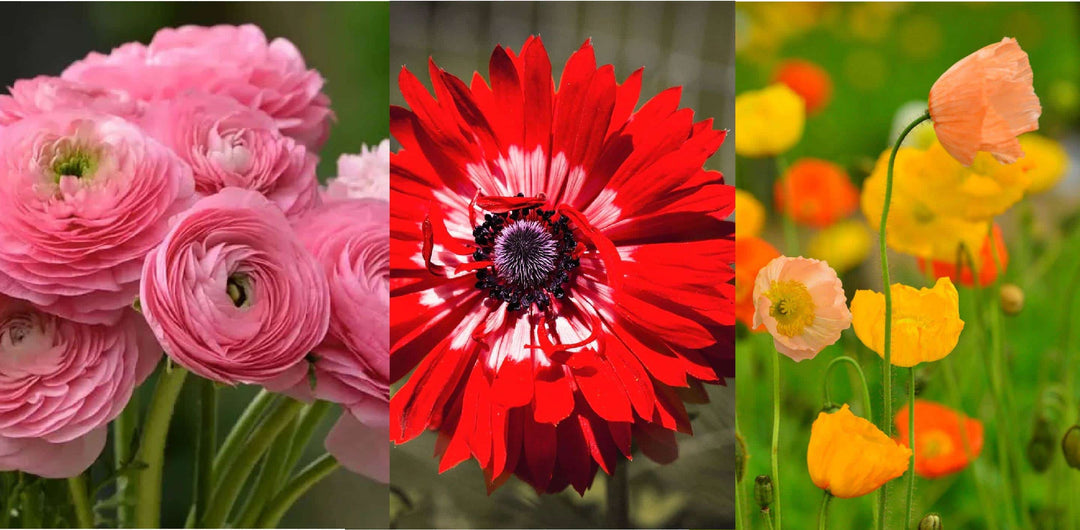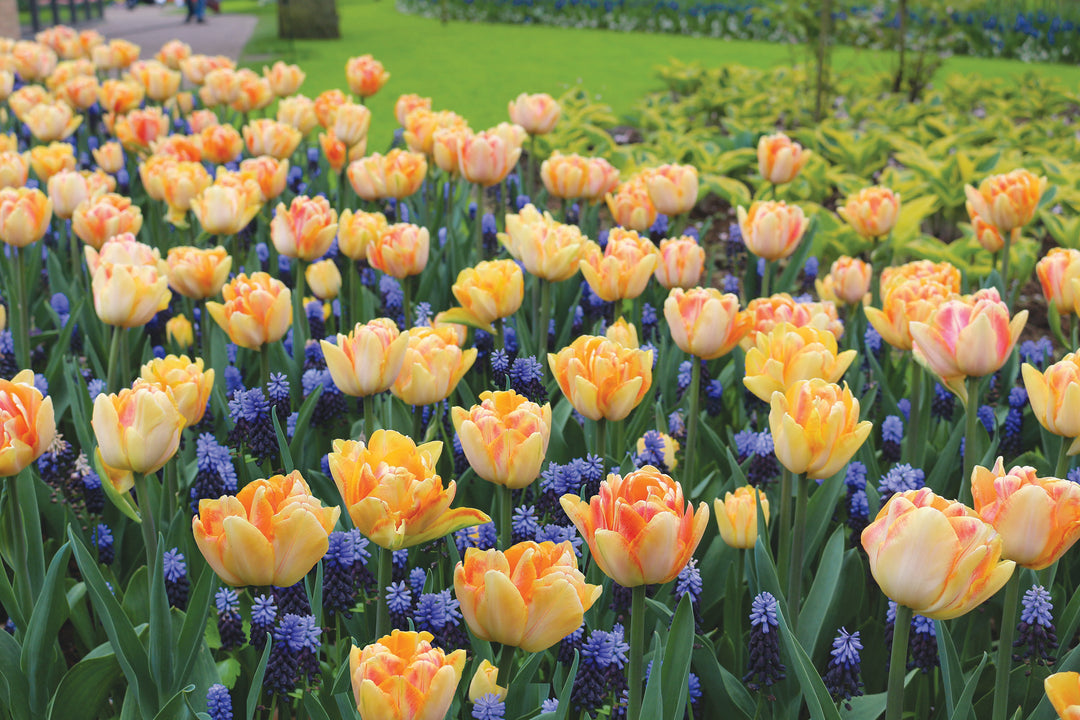Bringing Houseplants Outside
Nowadays, many people are putting their houseplants outdoors due to its numerous benefits. Outdoor plants can help eliminate pollutants in the air, absorb carbon dioxide, and provide a presence of nature. Moving indoor plants outdoors can also be very advantageous as it allows them to get more sunshine and fresh air which can lead to healthier growth.
Choosing the Right Plants for Different Types of Outdoor Areas in Your Home
Creating an outdoor oasis can be a great way to enjoy a space with nature. To help you get started, there are plenty of houseplants to choose from to help create a cozier place to enjoy outside. Here are a few of our favourite houseplants that we often move outside during the summer months.

Ficus, 15 C minimum night temperature

Fiddle Leaf Fig, 16 C minimum night temperature

Majesty Palm, 13 C minimum night temperature

Philodenron, 16 C minimum night temperature
Tips on How to Prepare Your Houseplants for Outdoor Exposure
Acclimating houseplants to the outdoors can be tricky and a little scary but here are some tips on outdoor plant care that may help.
-
Get your plant accustomed to the sun’s intensity gradually and avoid placing it in direct sunlight at first.
-
Check the soil often for moistness and water according to your plants needs.
-
Research the particular requirements of plants you own when it comes to temperature and other considerations. Print and save this information somewhere for quick reference.
How to Bring Your Plants Outside
To properly transition a houseplant from indoors to outdoors, a technique known as hardening off must be done in multiple stages for two weeks. Additionally, you should wait until the temperature has consistently been above 10°C at night before moving your houseplant outside.
Step 1 - The first step to 'Hardening off' your plants is to put them outside in a sheltered environment, away from direct sun exposure and wind. This should be kept up for around 5 days. If you observe that your houseplant is exhibiting signs of shock, it would be best to leave it in its current position until it starts to recover.
Step 2 - Once the initial 5-day waiting period is over, it's time to move the plant to a shaded and unsheltered area. This helps the plant get used to more wind blowing in that environment and gradually starts making it stronger and hardier.
Step 3 - For your house plant to stay healthy, make sure it stays in the current position for five more days. In case the leaves start wilting or it begins to droop, leave it as is until its condition improves and its foliage is lively again.









